Culture method of bamboo begonia how to raise bamboo begonia
Bamboo begonia is also a very beautiful plant, but recently, many people like Xiaobian report that their bamboo begonia is dying, that is, they have not mastered the correct method of raising bamboo begonia. Next, the editor will explain to you the culture method of bamboo begonia.
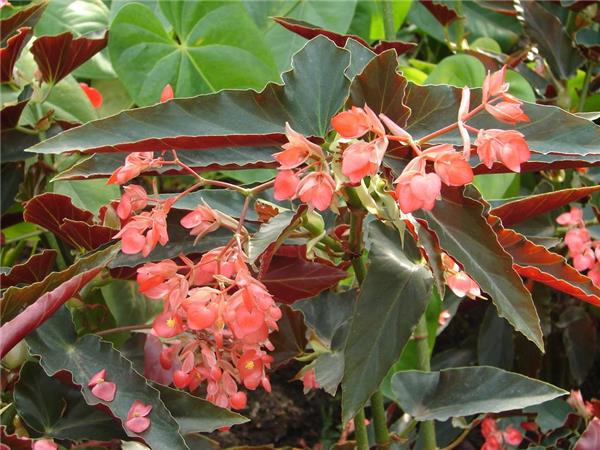
Culture method of bamboo begonia
[main points of cultivation]
Temperature: like warmth, the most suitable temperature for growth is 18-20 ℃. It is a hardy species of begonia, but it still needs a temperature of more than 5 °to survive the winter. When the temperature is less than 5 °, the leaves fall off, and the shoots turn yellow and die at 2 ℃:, but the plants can still sprout and shoot in the rest of the leaves which are withered by cold in spring. When the temperature was more than 30 ℃, the plant grew slowly and showed semi-dormancy. It is easy to produce fallen leaves during maintenance, so measures such as shading, foliar spraying and strengthening ventilation should be taken to reduce the temperature to form a relatively cool environment.
Light: like sufficient scattered light, when the light is appropriate, the stem is stout, the internodes are short, the lateral branches are many, the leaves are bright, and the flowers are colorful. Avoid strong sun exposure, when the sun is too strong, the leaves are easy to yellow, burn scorched edges, or even fallen leaves. Should not be too shady, otherwise the plant will only grow and grow thin, and the flowering will be rare or even non-flowering, and in serious cases, it will cause fallen leaves. From May to September, shading should be carried out to cover 50 °~ 60 °of light, or the plant should be placed in a place with sufficient scattered light. Other times need to be given sufficient sunshine, spring and autumn when sufficient light is easy to form flower buds.
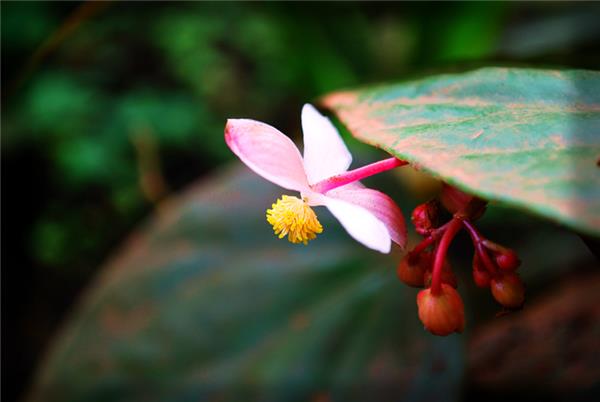
Watering: fear of drought, like wet soil environment, during the growth period should be fully watered, keep the basin soil moist, do not make too dry or too wet, too dry, too wet will affect the absorption of roots and cause fallen leaves, buds and flowers. Avoid excessive dampness and stagnant water, otherwise the roots will rot and die. Although the plant is semi-dormant in high temperature in summer, because of the high temperature and large leaf area, watering still needs to grasp the principle of "no dry, no watering", but it is necessary to prevent waterlogging. In winter, watering is controlled to keep the basin soil slightly dry. Too much watering can easily lead to rotten roots and fallen leaves.
Environmental humidity: the original habitat is under the forest or beside the gully with high humidity, so the air relative humidity should not be less than 50 ℃ in the humid environment. , it is best to maintain 65 °~ 70 °. When it is too dry, the edges of the leaves will roll up, turn yellowish brown and even wither. During the growing season, more water should be sprayed on the branches and leaves and around them to improve the relative humidity of the air. Spraying foliar water in summer can also reduce the temperature, which is beneficial to plant growth and flowering.
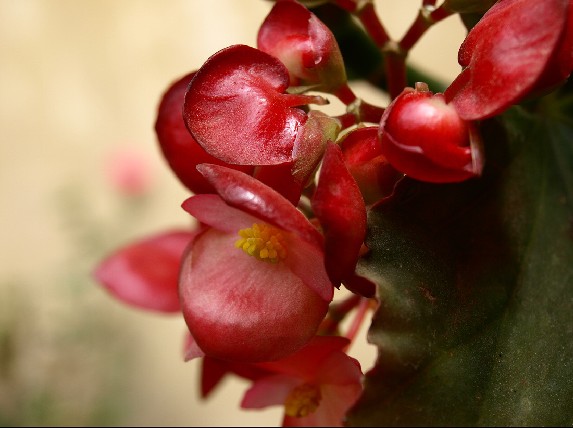
Fertilization: fertilizer was applied once every 10 to 15 days from April to June. Nitrogen should be the main fertilizer in the first and middle of April to promote the growth of branches and leaves. Phosphorus and potassium fertilizer should be applied during the bud period to promote bud pregnancy and flowering. Stop fertilizing during flowering. Because the root system is numerous and small, it is sensitive to the concentration of fertilizer, so we should pay attention to "applying thin fertilizer frequently" to avoid excessive concentration of fertilizer solution. Do not stain the fertilizer on the leaves when fertilizing, or they will burn. Stop fertilizing during semi-dormancy in summer. During the vigorous growth period in autumn, nitrogen-based fertilizer was applied once every 10-15 days, but nitrogen fertilizer was stopped and phosphorus and potassium fertilizer was applied twice after October to improve the cold resistance of the plant. Stop fertilizing when the winter temperature is lower than 10 ℃.
Pruning: coring should be carried out at the seedling stage to promote branching and form a plump plant shape. The plant should be pruned in spring combined with turning the pot. if the plant is too high and affects the beautiful shape of the plant, the branches that are too high can be cut short and strongly to promote them to produce new branches and control the height of the plant. Because the inflorescence grows on the new branch, the senescent branches should be cut off when the new branch grows to an appropriate height, so as to promote plant renewal and facilitate future flowering. If the plant is tall and there are many inflorescences, brackets should be set up to avoid heavy pressure on the branches. After the flower fades, you should immediately cut off the remnant flowers and the branches that have bloomed, so as to promote the development of new branches and make them blossom frequently.
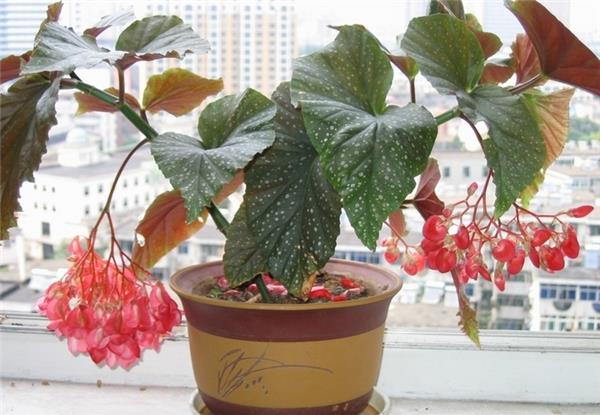
Turn the basin: turn the basin once a year, preferably after spring or September. The matrix can be prepared with rotten leaf soil, peat soil, garden soil, rice chaff ash or perlite.
Pest control: there are powdery mildew, blight and thrips, red spiders and other diseases and insect pests.
[frequently asked questions about planting]
Causes of common problems
Deciduous ① is low temperature; ② light is too weak or too strong; ⑤ basin soil is too dry or too wet; ④ fertilization is too thick.
The plant is thin and tall, and the flowering is rare or even non-flowering, usually due to lack of light.
The light of ① on the scorched edge of leaves is too strong; the air of ② is too dry; and ⑤ is applied with concentrated fertilizer.
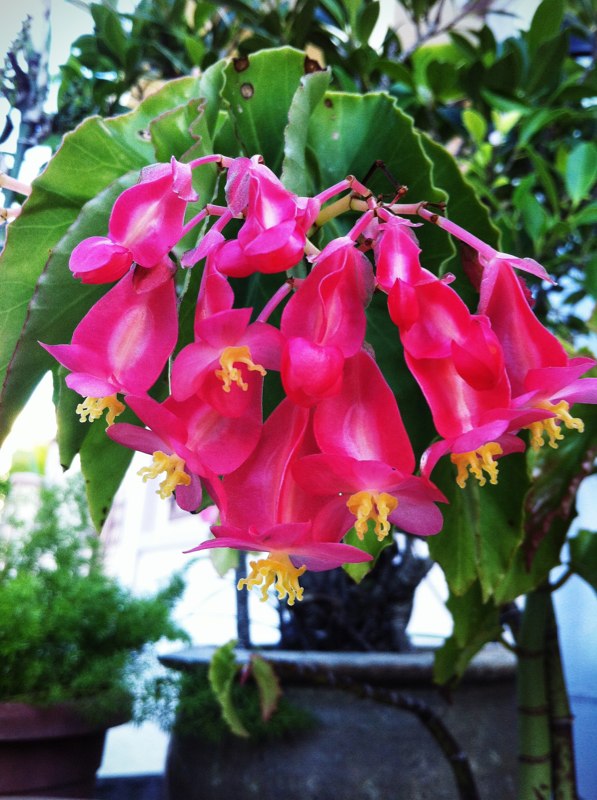
Brief introduction of Bamboo Begonia
Bamboo begonia is a perennial subshrub named because its stem nodes are similar to bamboo knots. Flowers can be seen all the year round in warm areas, usually from April to November every year. Sex likes semi-shade, moist and warm, not cold-resistant, avoid exposure to the sun, heat and waterlogging. Strong drought resistance, afraid of stagnant water, like loose and fertile sandy loam. The principle of watering is to see dry and wet. Green leaves, bright red flowers, drooping in clusters, graceful and gorgeous, strong habits, very suitable for family cultivation.
The above is the correct method of raising bamboo begonia explained by Xiaobian for you. You should take a look at it seriously, otherwise there may be a phenomenon that you can't live. The so-called diligence can make up for clumsiness, and it is also the same truth for raising bamboo begonia.
The scarcity or absence of flowering is usually caused by lack of light.
The light of ① on the scorched edge of leaves is too strong; the air of ② is too dry; and ⑤ is applied with concentrated fertilizer.

Brief introduction of Bamboo Begonia
Bamboo begonia is a perennial subshrub named because its stem nodes are similar to bamboo knots. Flowers can be seen all the year round in warm areas, usually from April to November every year. Sex likes semi-shade, moist and warm, not cold-resistant, avoid exposure to the sun, heat and waterlogging. Strong drought resistance, afraid of stagnant water, like loose and fertile sandy loam. The principle of watering is to see dry and wet. Green leaves, bright red flowers, drooping in clusters, graceful and gorgeous, strong habits, very suitable for family cultivation.
The above is the correct method of raising bamboo begonia explained by Xiaobian for you. You should take a look at it seriously, otherwise there may be a phenomenon that you can't live. The so-called diligence can make up for clumsiness, and it is also the same truth for raising bamboo begonia.
Related
- Wuhan Hospital Iron Tree Blooming Result Was Instantly Frightened by the Gardener Master
- Which variety of camellia is the most fragrant and best? Which one do you like best?
- What is the small blue coat, the breeding methods and matters needing attention of the succulent plant
- Dormancy time and maintenance management of succulent plants during dormancy
- Minas succulent how to raise, Minas succulent plant pictures
- What are the varieties of winter succulent plants
- How to raise succulent plants in twelve rolls? let's take a look at some experience of breeding twelve rolls.
- Attention should be paid to water control for succulent plants during dormant period (winter and summer)
- Watering experience of twelve rolls of succulent plants
- Techniques for fertilizing succulent plants. An article will let you know how to fertilize succulent plants.



